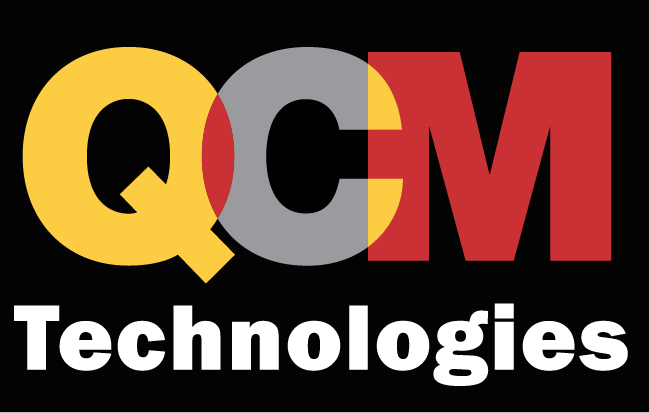Some important pieces of advice for starting an AI project at your business:
1) Bigger isn’t better. 2) Start with your data.
You may be tempted to dive into a big, impressive project that shows off AI’s capabilities, but it’s a better bet to start by working on more manageable projects related to problems you already know well. That may not be the flashy approach, but it will help mitigate risk.
It’s amazing how quickly the conversations that I’m having with CIO colleagues and clients about artificial intelligence (AI) and/or machine learning (ML) have shifted in recent months. I’ve gone from hearing many say they’re taking a “wait-and-see” approach to many suddenly wanting to get a jumpstart on the promise of these technologies. There’s a lot of excitement about how much value can be garnered from an AI/ML implementation: Increasingly CIOs and IT leaders are chomping at the bit to implement something to show what they can do.
The problem is many of them don’t know where to start. Or worse yet, they want to start with an audacious project to show off what’s possible.
When asked my opinion, I always say “start with your data.” But once your data is in order, what should you do? How can you get started with AI and/or ML? Should you jump in and take on a large project, or should you find some smaller opportunities to prove your data, processes, and people?
[ Read the related article by Eric Brown: Getting started with AI in 2019: Prioritize data management. ]
My suggestion is to start small and work on problems that you already know well. This may sound like common sense advice, but it’s not that common.
Why bigger is not better with AI
When people start looking at artificial intelligence and/or machine learning initiatives, they think they need some big problem(s) to solve to make the investment worthwhile. This is exactly the wrong way to think about AI/ML though.
You don’t want your first foray into this world to be some big, audacious project to “prove” your organization’s skills with AI. While you might be lucky and produce a “win,” you can also be very unlucky and cause some major problems for yourself and your organization.
Allianz built models to better identify fraud in real-time (or at least near-real time), but their models were built on top of years of experience.
Rather than trying to find some big, new problem to solve with a big, new approach, companies that have been successful with AI/ML solutions have applied these initiatives against problems they’ve been solving for years. For example:
- Allianz, a German-based insurance company, has always had to deal with fraud within their insurance business. The problem of fraud is one they know very well and have spent a considerable amount of their resources trying to identify and fight. When looking for ways to implement AI into their business, they landed on fraud identification as a place to start. They built models to better identify fraud in real-time (or at least near-real time), but their models were built on top of years of experience and know-how in their anti-fraud department.
- TOMRA, a Norwegian company focused on building sorting and collection systems, has implemented AI into their food sorting systems to provide a better sorting and selection process than what their mechanical systems are able to provide.
- UPS, the worldwide shipping and logistics giant, uses AI to help manage their entire logistics network from end-to-end. One example shared is how AI is being used to route their drivers more efficiently, which has the potential to save the company around $50 million a year for every mile saved in delivery distance.
Uncover your risks
These are just a few examples of how organizations have taken AI/ML approaches to solve problems they’ve been working on for a long time. They aren’t going out to look for “new” problems to solve, they’re looking for ways to implement new approaches to solve the problems they already have.
Rather than the “big” project, you want to find a way to get some small wins that can be accomplished quickly. You want to be able to prove out your processes and your people so that you (and the organization’s leadership) are comfortable with the ability to deliver actionable results. With these small wins, you’ll be able to quantify the things that you need to understand and manage when you start scaling your AI/ML initiatives.
Additionally, starting small allows you to better understand the risks involved (of which there are many). For example, If you start with that big project and realize that most of your data is grossly biased, you’re going to have a hard time building accurate models. With a small project, you’ll still find that bias in your data, but the investment in resources to find it (and correct it if possible) will be much smaller and easier to manage.
SOURCE: The Enterprisers Project
Supported by RedHat
Want more news and product updates each month? Sign up for QCM NewsLink
Speak with us directly at 480-483-4371 or Info@box2449.temp.domains






